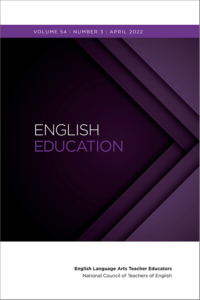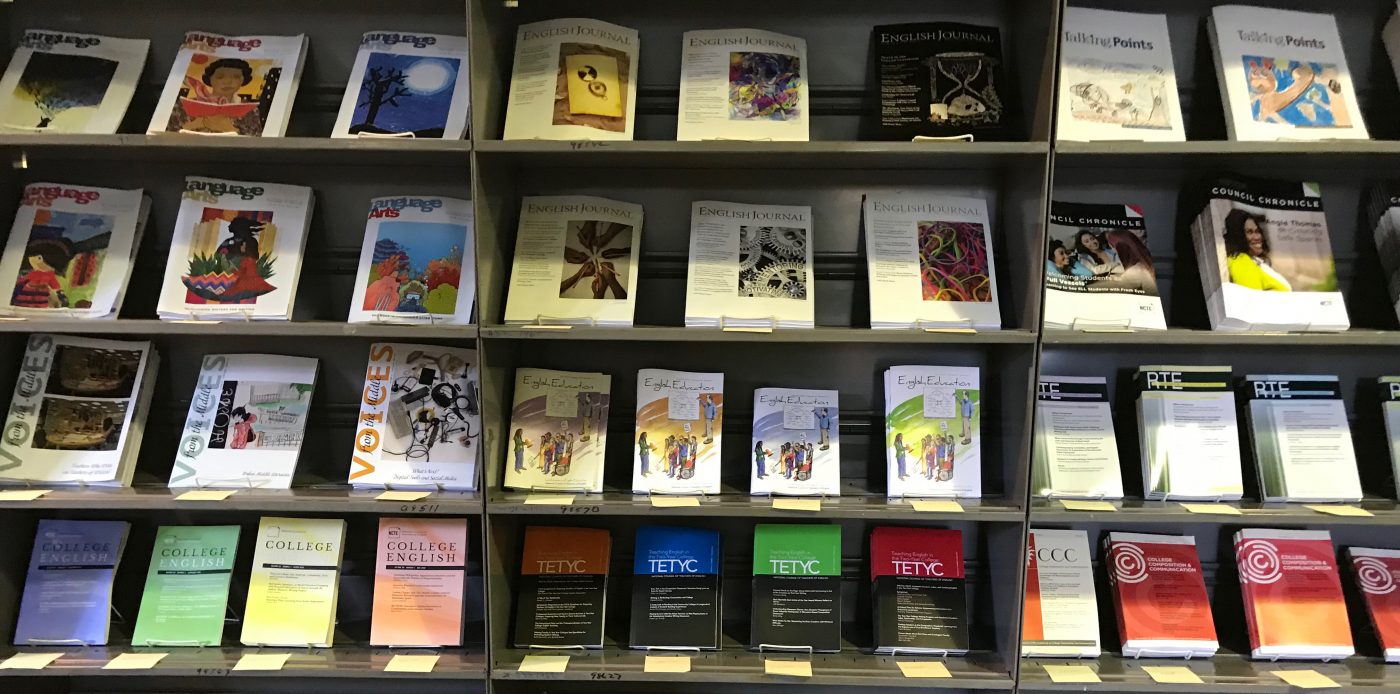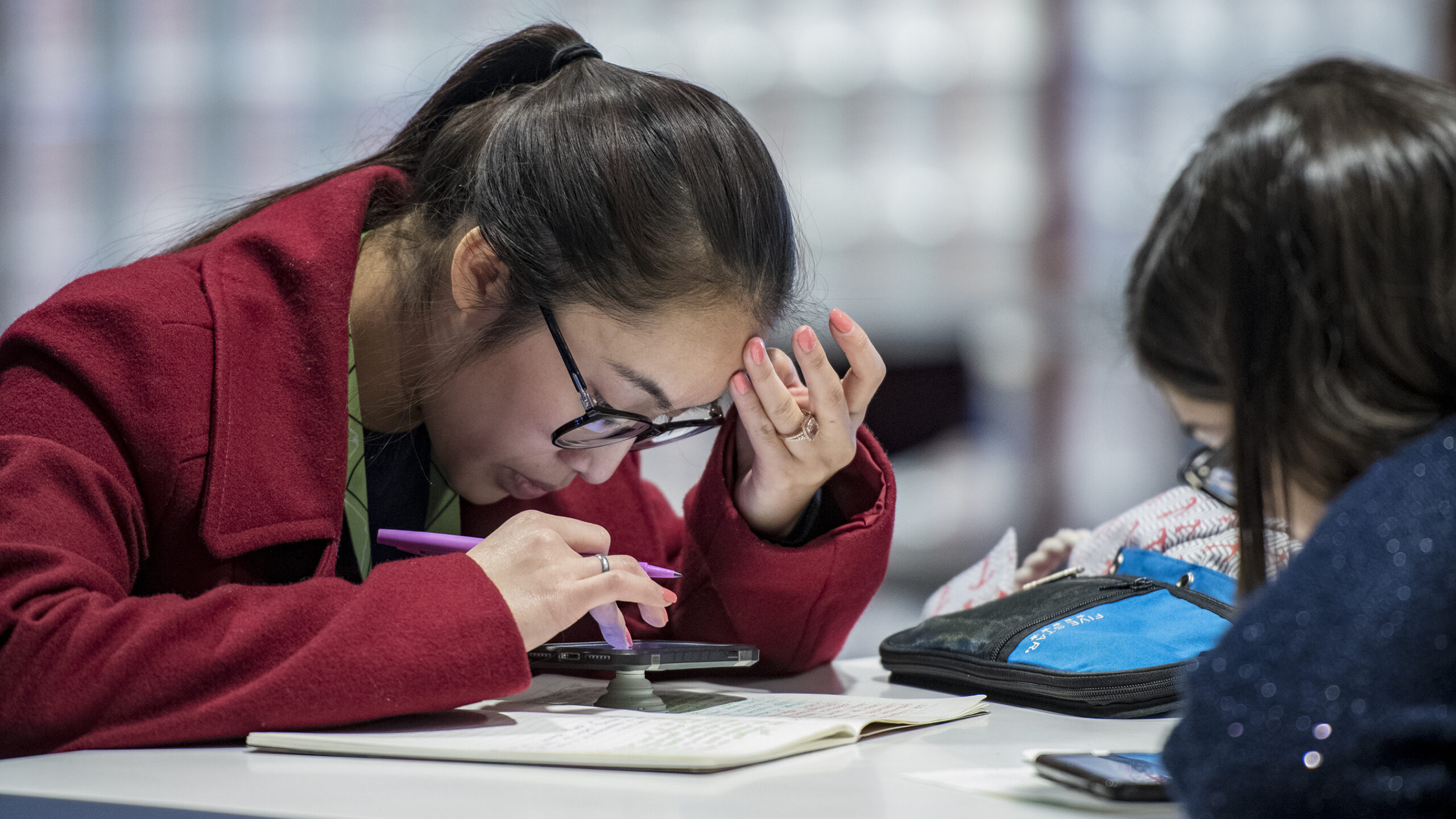With the pandemic’s disruption of schooling, K–12 students were ostensibly “on average five months behind in mathematics and four months behind in reading by the end of the [2021] school year” (Dorn et al., 2021, para. 2). Donnelly and Patrinos (2021) identified student learning loss across different subjects, grade levels, and countries. As the “indispensable flashlight” (Betebenner & Wenning, 2021, p. 15) of standardized assessments shows, students now are not where students were before—although I do question the advisability of assessing anything during a pandemic, much less student learning.
With disruption continuing to ripple across our educational landscape, we will continue to identify and examine any number of outcomes connected to and radiating from this virological earthquake in our cultural, political, and societal waters. While I have little faith in “well-established statewide data collection efforts to help us understand and ultimately mitigate the impact of the pandemic on students” (Betebenner & Wenning, 2021, p. 14), I have no doubt educators at all levels will be working to understand and mitigate the impact of this pandemic for years to come. I know teacher educators will. How do we teach preservice teachers, who are also students disoriented by the last few years, as they learn to be teachers who will work with students struggling with the effects of that same trauma, when we are also adjusting to personal and professional loss?
But I still question peering through the looking glass of learning loss. Learning is not something you lose; it is something you do. Learning is active, actionable, engaging, engaged. Learning is not a thing that disappears into the woods or slips behind the sofa cushions or wanders through a wardrobe. Learning is a process, an endeavor, an ever-present opportunity in times of trouble such as this.
Oh, I know I’m being pedantic, so don’t @ me. But “learning is a complex process rooted in students’ social, cultural, and human development, not a narrow series of skills that are either gained or ‘lost’” (Fishman, 2021, para. 7). What is so quickly labeled as learning loss is perhaps better understood as lost opportunities, lost possibilities—and for some students, education has always been so (e.g., Darling-Hammond, 2007; Love, 2019; Valenzuela, 1999, 2019).
We can learn from what we lose, though, with education becoming a process of addition through subtraction. And education should be loss: of outdated understandings, of ill-informed ideas, of misrepresented truths and intentional lies.
Murakami, H. (2006). Kafka on the shore. Knopf Doubleday.Ignoring the ugly parts of our work is a loss in and of itself. d268-272-July2022_EE.indd 271d268-272-July2022_EE.indd 2718/1/22 7:22 PM8/1/22 7:22 PM

 We’ve lost much over these last two years of my editorship and the inconveniently aligned pandemic. The company of friends. The conviviality of colleagues. Intellectual interactions in three-dimensional settings. Aspects of the work we like. Focus on the things we do. Time with the ones we love. Those very loved ones.
We’ve lost much over these last two years of my editorship and the inconveniently aligned pandemic. The company of friends. The conviviality of colleagues. Intellectual interactions in three-dimensional settings. Aspects of the work we like. Focus on the things we do. Time with the ones we love. Those very loved ones.
